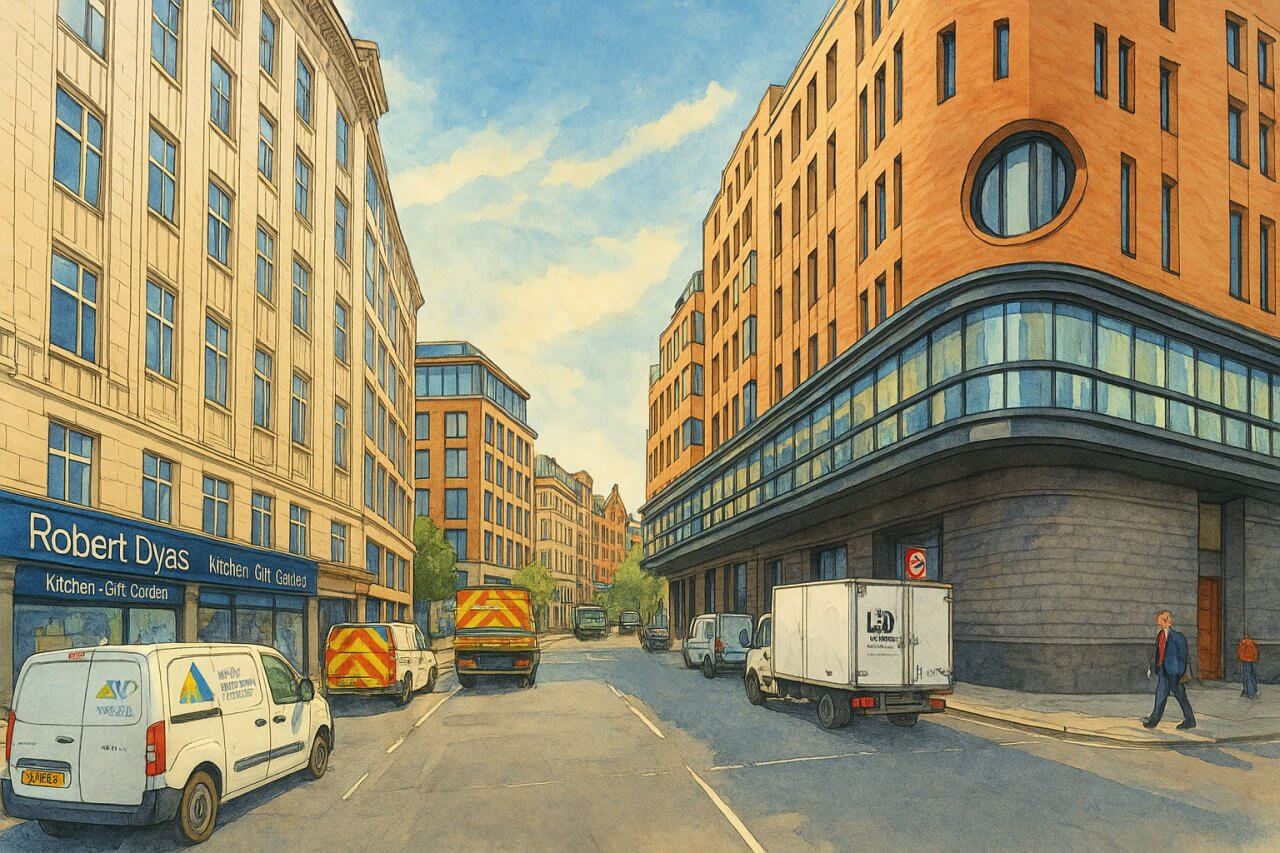
Artillery Row, London
Artillery Row, Westminster: History, Highlights & Character
Artillery Row is a relatively short but historically significant street located in the City of Westminster, central London. It runs in a north-south direction, linking the busy thoroughfare of Victoria Street at its northern end to the roundabout with Greycoat Place and Rochester Row at its southern end.This street lies within walking distance of iconic sites such as Westminster Abbey, the Houses of Parliament, and St James’s Park, and is part of an area rich in both governmental and military heritage.
How Long is Artillery Row?
Artillery Row is approximately 170 metres (560 feet) in length. Though compact in size, its central location and historic background make it a notable feature of Westminster’s street network.History of Artillery Row
The origins of Artillery Row can be traced back to the 17th century, during a period when this area was increasingly developed to accommodate both military and civic functions.This part of Westminster saw a transformation in the post-medieval period, and the street became more formally laid out by the 18th century, as London expanded westwards from its historic core around Westminster Abbey and Whitehall.
How Did Artillery Row Get Its Name?
Artillery Row derives its name from the nearby Artillery Ground that once stood in the area. The site was used for military training and exercises by the Honourable Artillery Company (HAC) during the Tudor and Stuart periods.The name “Artillery Row” was adopted officially by the early 18th century, likely in recognition of the area’s association with military drills and supply storage. The connection to military history is further reinforced by the street’s proximity to government and defence buildings in Westminster.
Connected Roads and Layout
Artillery Row connects:- Victoria Street – a major commercial and transport artery in Westminster
- Greycoat Place – a quieter residential and institutional road
- Rochester Row – linking to more residential areas and local schools
Major Buildings and Local Attractions
Despite its short length, Artillery Row is home to a number of important and interesting sites:- Artillery Mansions – A grand Edwardian apartment block that blends heritage architecture with modern living
- Westminster City School – Located at the junction with Greycoat Place, this respected institution contributes to the educational character of the area
- Restaurants and cafes – Several small eateries and independent coffee shops serve local professionals and residents
- Westminster Cathedral
- St James’s Park
- Victoria Palace Theatre
Character of the Street
Artillery Row today has a mixed-use character:- Residential – with luxury flats and period conversions, particularly in Artillery Mansions
- Commercial – including offices, cafes, and boutique retailers
- Institutional – due to nearby schools and government buildings
Real Estate Market on Artillery Row
As of April 2025, flats on Artillery Row range from around £850,000 to £2 million, with penthouse units in Artillery Mansions commanding even higher prices depending on size and finish.Compared to the average London flat price of approximately £540,000 (2025 data), Artillery Row sits firmly within the luxury end of the market, reflecting its prime Westminster location and historical prestige.
Nearest Underground Stations
The nearest London Underground station is:- St James's Park – served by the District and Circle lines
- Victoria Station – served by the Victoria, District, and Circle lines and mainline rail services
Fun Fact About Artillery Row
In the late 19th century, Artillery Row was known for its tradesmen’s shops and coach-makers, supplying nearby royal and government buildings. Its transition to a residential and commercial address mirrors the broader development of Victoria into a modern London hub.Quick Facts
- Location: Westminster, London
- Length: Approx. 170 metres
- Connects: Victoria Street to Greycoat Place and Rochester Row
- Nearest Tube: St James’s Park (District & Circle), Victoria (Victoria, District, Circle)
- Notable Buildings: Artillery Mansions, Westminster City School
- Character: Mixed-use (residential, commercial, institutional)
- Average Property Prices (2025): £850,000 to £2 million
- Name Origin: Named after historic artillery training ground used by Honourable Artillery Company
Map of Artillery Row, London

Painting of Artillery Row, London (View image in full size)